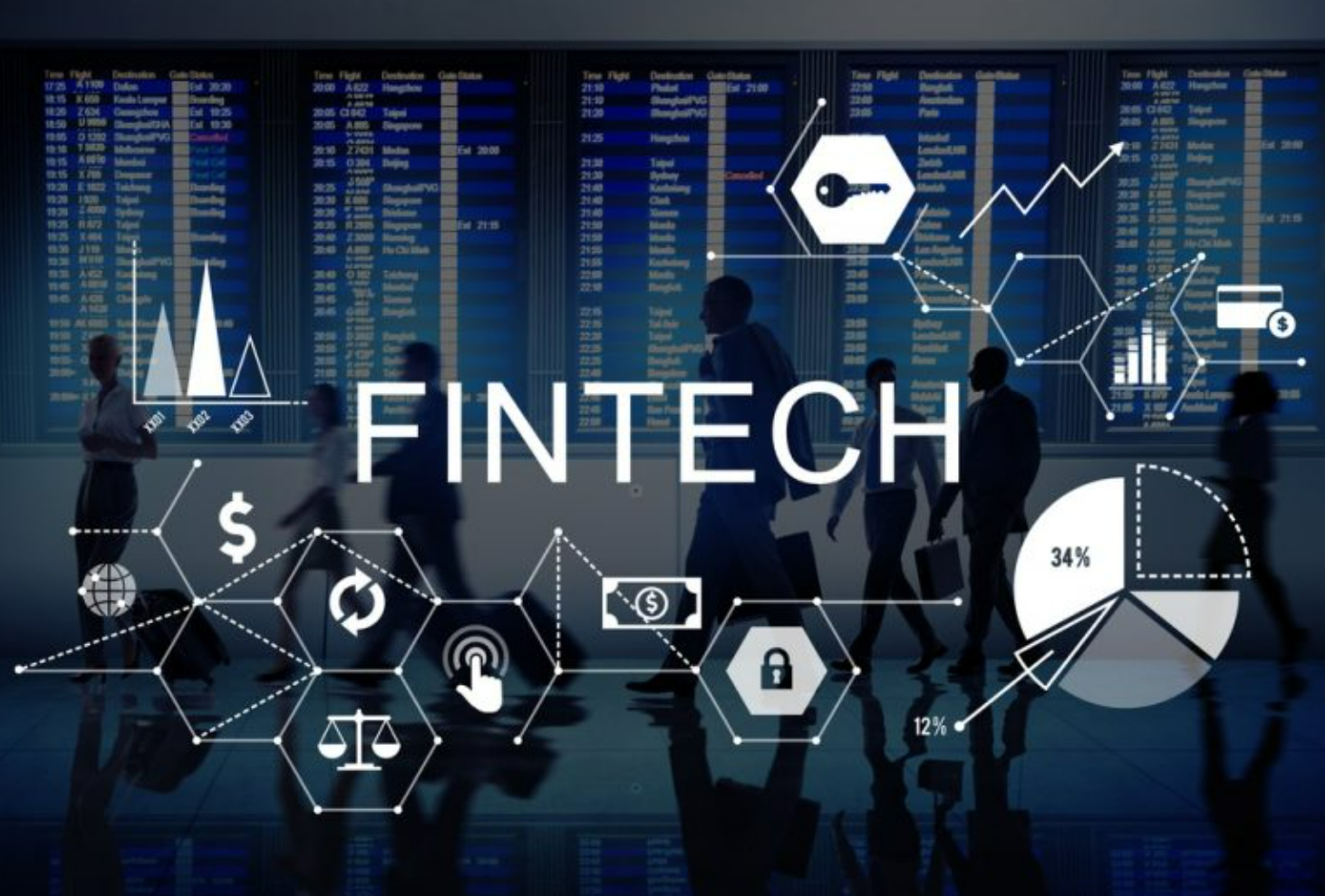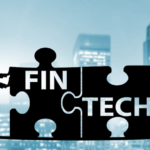
In my previous article, we examined the transformative wave of digital currencies, focusing on innovations like China’s digital yuan The Dawn of Digital Currency. That discussion forms the bedrock of this deeper exploration into the world of cryptocurrencies – a journey that has been both enlightening and fraught with challenges. In this article, I draw from my personal experiences to delve further into the implications of cryptocurrencies, their coexistence with fiat currency, and the nuances of investing in this volatile yet promising field.
Coexistence with Fiat Currency:
My first encounter with cryptocurrency was with Bitcoin. Initially, the concept seemed abstract – a digital currency operating independently of traditional banking systems. However, as I delved deeper, I realized that cryptocurrencies still heavily rely on fiat currencies for valuation and conversion. For example, when I first traded Bitcoin, the value was always referenced against the US dollar, illustrating the inextricable link between digital and fiat currencies.
Moreover, the majority of my crypto transactions, whether trading on exchanges or purchasing goods online, eventually circled back to fiat conversions. This observation confirmed that, despite the decentralization and autonomy of cryptocurrencies, their existence and value are still anchored to traditional monetary systems.
Value and Global Problem Solving:
One of the most compelling aspects of cryptocurrencies for me has been their potential to democratize finance. I recall a friend in a remote area without access to conventional banking; cryptocurrencies like Bitcoin opened the door for him to participate in the global economy. This financial inclusion is a significant step towards solving a pervasive global problem.
However, my journey wasn’t without challenges. Issues like scalability became apparent during times of high transaction volumes, leading to delays and increased fees. This was particularly noticeable during the 2017 Bitcoin surge when the network struggled to keep up with the demand, highlighting the need for scalability solutions in cryptocurrencies.
Scams and Sustainable Coins:
Navigating the crypto world has taught me the importance of vigilance against scams. I’ve come across numerous Ponzi schemes and fraudulent ICOs, which served as a stark reminder of the risks involved. Through these experiences, I’ve learned that the sustainability of a cryptocurrency is contingent on factors like technological robustness and community support.
For instance, Bitcoin’s resilience through various market cycles and Ethereum’s transition to a PoS mechanism post-Merge are testaments to their sustainability. These coins have established themselves as leaders in the space, backed by strong communities and technological advancements.
Investment Perspective:
My foray into cryptocurrency investment has been a journey of learning and adaptation. I’ve observed that cryptocurrencies with practical applications and compliance with regulatory frameworks tend to offer more stable long-term value. For example, I invested in a lesser-known altcoin that showed promise in solving real-world problems, only to watch its value plummet due to regulatory crackdowns. This taught me the importance of thorough research and understanding the regulatory environment before investing.
Regulatory Landscape:
The evolving regulatory landscape for cryptocurrencies has been a significant aspect of my journey. Regulations aim to protect consumers and prevent illicit activities, but I’ve noticed that over-regulation can stifle innovation. A balanced approach is necessary to foster a healthy crypto ecosystem, as I’ve seen certain regions embrace this with more progressive policies, leading to a flourishing of crypto-related activities.
Reflecting on my personal experiences in the world of digital currencies, it’s evident that we are experiencing a fundamental change in the concept of money. This transition promises greater efficiency, inclusivity, and flexibility in financial services. However, it also brings challenges that require careful navigation – balancing innovation with regulation, ensuring financial stability, and protecting individual rights.
As countries like China pave the way with initiatives like the digital yuan, we are learning and adapting to this new era of financial history where digital and physical currencies converge. My journey has been filled with learning curves, triumphs, and setbacks, but it has been integral to understanding the transformative power of digital currencies.
The road ahead is uncertain, but it is undoubtedly leading us towards a more inclusive and efficient financial future. As I continue to navigate this evolving landscape, I remain excited about the possibilities that cryptocurrencies hold for reshaping our financial systems and society at large.




